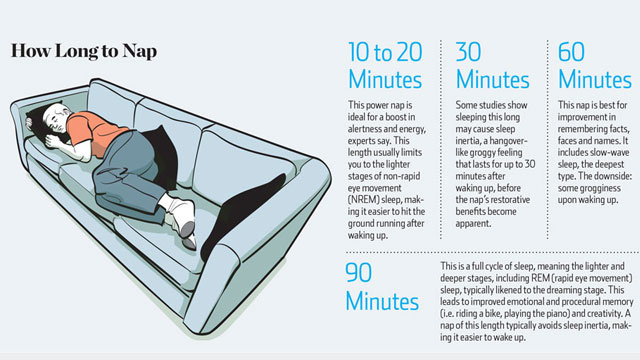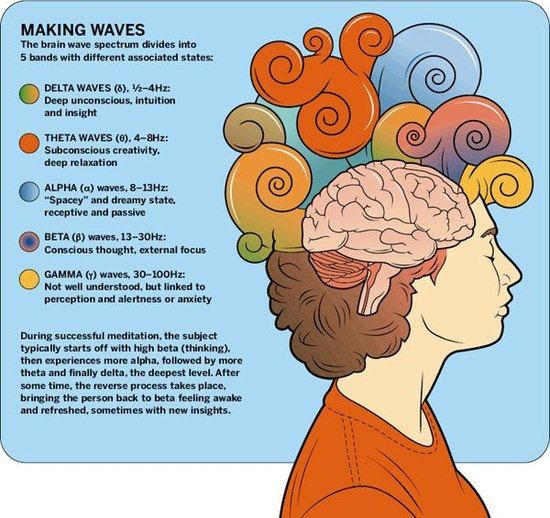“Tim Wilson of the University of Virginia has been studying how small changes in a person’s own stories and memories can help with emotional health. He calls the process “story editing.” And he says small tweaks in the interpretation of life events can reap huge benefits.
This process is essentially what happens during months, or years, of therapy. But Wilson has discovered ways you can change your story in only about 45 minutes.
Wilson first stumbled on the technique back in the early 1980s, when he found that a revised story helped college students who were struggling academically. “I’m bad at school” was the old story many of them were telling themselves. “That story leads to a self-defeating cycle that keeps them struggling,” Wilson says.
The new story Wilson gave them was: “Everyone fails at first.” He introduced the students to this idea by having them read accounts from other students who had struggled with grades at first and then improved. It was a 40-minute intervention that had effects three years later.
“The ones who got our little story-editing nudge improved their grades, whereas the others didn’t,” Wilson says. “And to our surprise … those who got our story-editing intervention were more likely to stay in college. The people in the control group were more likely to drop out.”
Similar interventions have also helped students feel like they fit in socially at college and have helped parents to stop abusing their kids.
The idea is that if you believe you are something else — perhaps smarter, more socially at ease — you can allow for profound changes to occur.
You can even try story-editing yourself at home with these writing exercises. Simply pick a troubling event. And write about it for 15 minutes each day for four days. That’s it.
These exercises have been shown to help relieve mental anguish, improve health and increase attendance at work.
No one is sure why the approach works. But Wilson’s theory is that trying to understand why a painful event happened is mentally consuming. People get stuck in thinking, “Why did he leave me?” or “Why was she so disappointed in me?” Or for Lewis, “Where did that scary Frankenstein face come from?”
As you write about the troubling, confusing event again and again, eventually you begin to make sense of it. You can put those consuming thoughts to rest.”
.
Essentially, you are re-framing events that cause you to feel negative emotions. The exercises are fantastic because they allow you to release the pent up negative energy you have about the past event.
Nothing has meaning except the meaning you give it, so having the ability to re-frame events in your life is a very empowering skill that will allow you to flow through things you don’t want, release unsupportive thoughts and emotions, and attract the things you do want faster.
Source:






